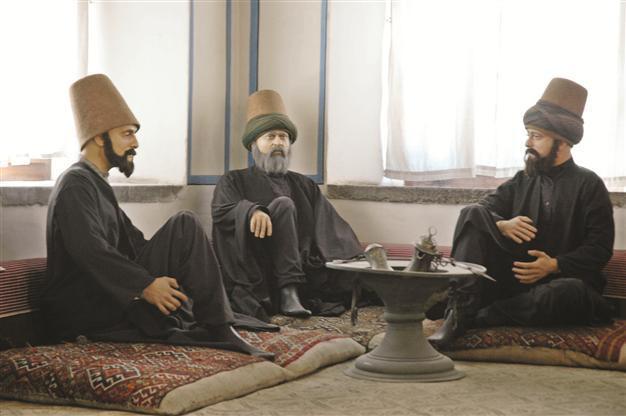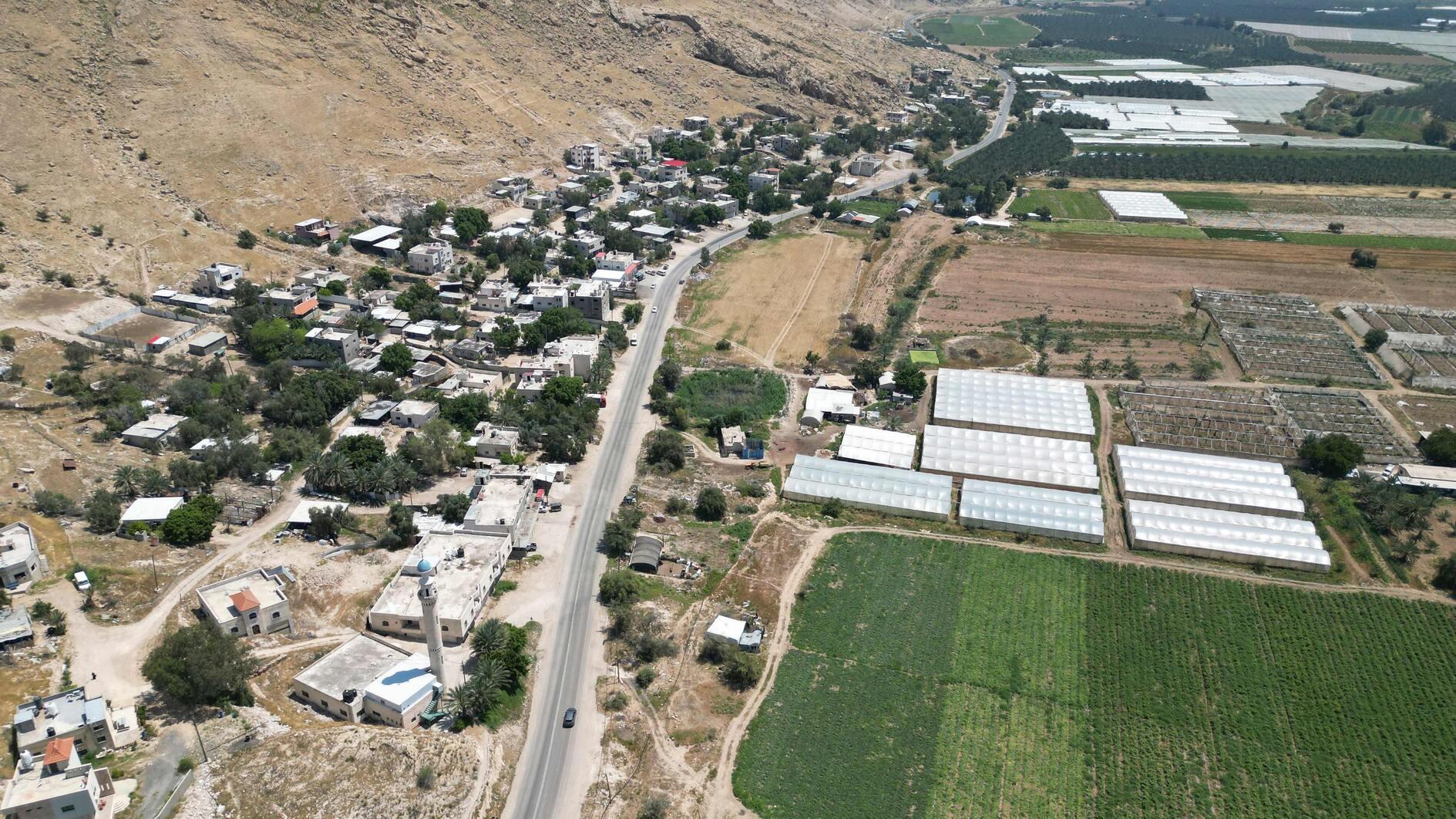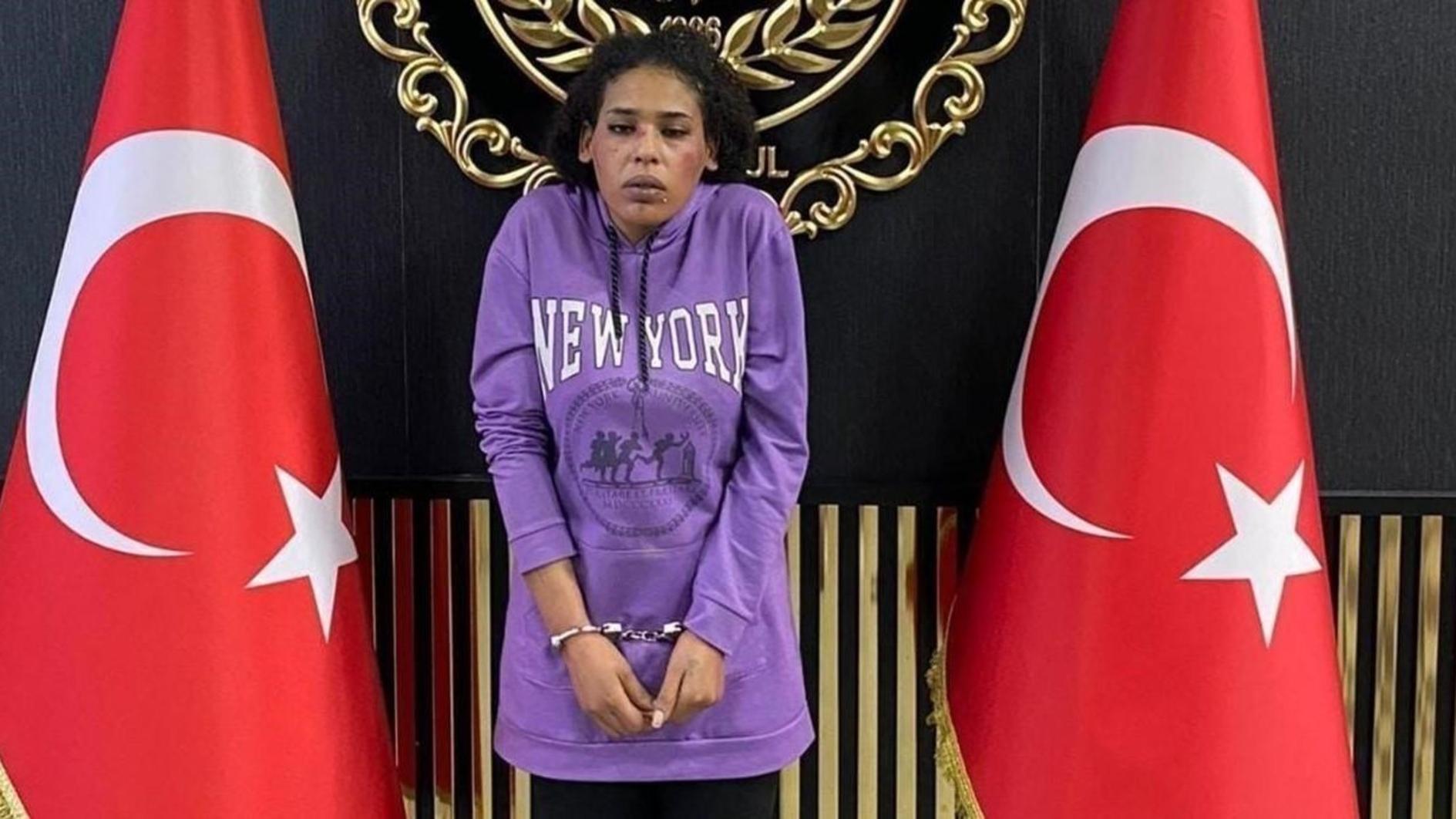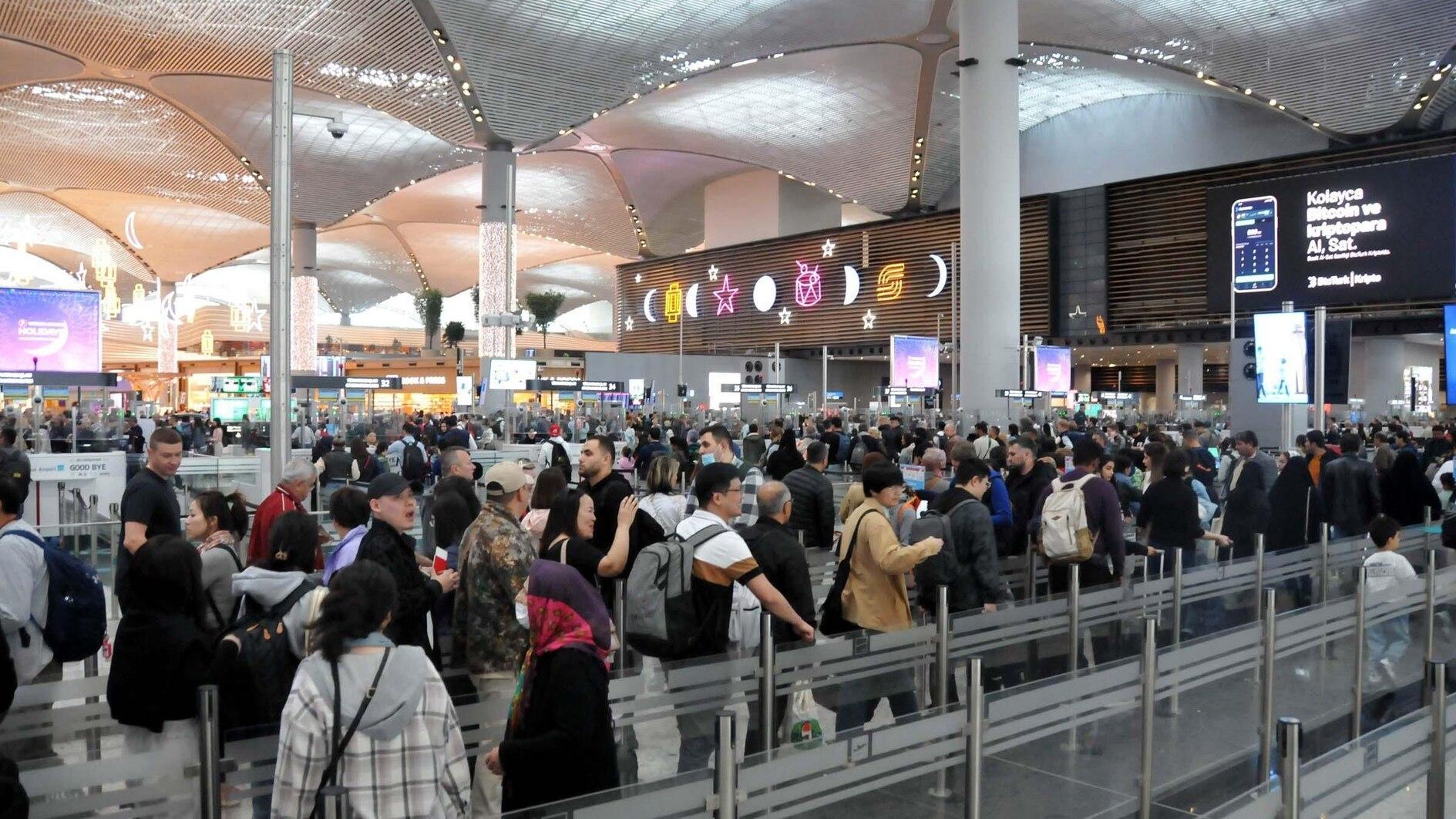Dervish statues come to life with technology of Hollywood films
KONYA - Anatolia News Agency

With a renovation project, the molds of different people’s hands and faces were taken for the dervish statues . The statues were given beards, moustaches, eyewear and eyebrows to look like real humans. DAILY NEWS photos, Hasan ALTINIŞIK
Thanks to technology, dervish statues in Mevlana Museum in the central Anatolian province of Konya are almost as lifelike as humans.The statues were produced using the same silicon materials used in Hollywood films and are made more attractive with the addition of real human hair. Renewal of the dervish statues in the museum began in 2003, according to Associate Professor Mutluhan Taş of the Konya Selçuk University Fine Arts Faculty Department of Sculpture.
“Old statues were created by putting artificial hairs on shop window dummies and their positions, hands and legs were not right. In order to solve this problem, we first changed the heads and hands of the mannequins,” he said.
Last year they started a more comprehensive renewal work, Taş. “Real hyperrealist mannequins are either produced with wax or silicon like material in Turkey now. Wax mannequins need air-conditioning all the time. They should remain in a certain temperature. Their production and protection is costly this is why we are using silicon derivative material,” Taş said. For the renewal they examined the materials used in Hollywood films. “We examined creatures, human’s faces and other materials used in horror films and brought them to Turkey. Fourteen statues in Mevlana Museum have been produced using these materials. Moulds of different people’s faces and hands have been taken for each statue,” he said. In the dervish lodge of the museum there are different sections such as the sheikh room and clerk room, said Taş.
Peaceful, prettier faces
“Since we think that their facial expressions should be more peaceful and prettier in their Sufi life, we found such face types and chose people with oval face. We took the moulds of their hands and faces and put beard, moustache, eyewear and eyebrows. Now with a new project, we are renewing 18 statues, which were made before 2003, with the same materials,” he said.
He said that visitors of the museum were surprised when they saw the new statues. “This is very important to us. It shows that our hyperrealist works are very effective. We use prosthesis eye. They are called ‘glass eyes’ and used for people without eyes by doctors. Our statues are different from wax statues because we can pull their ears and stretch their nose. This material is very strong and does not need maintenance,” Taş said. Konya Museum Director Yusuf Benli said the renovation project was initiated with the support of the Mevlana Development Agency. He said that they had benefited from old resources and documents during the work.
















